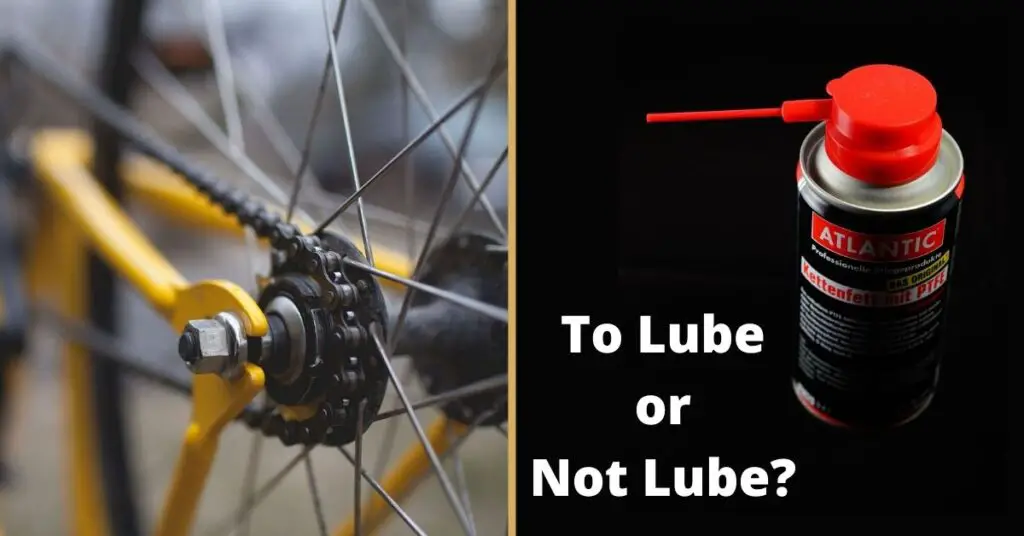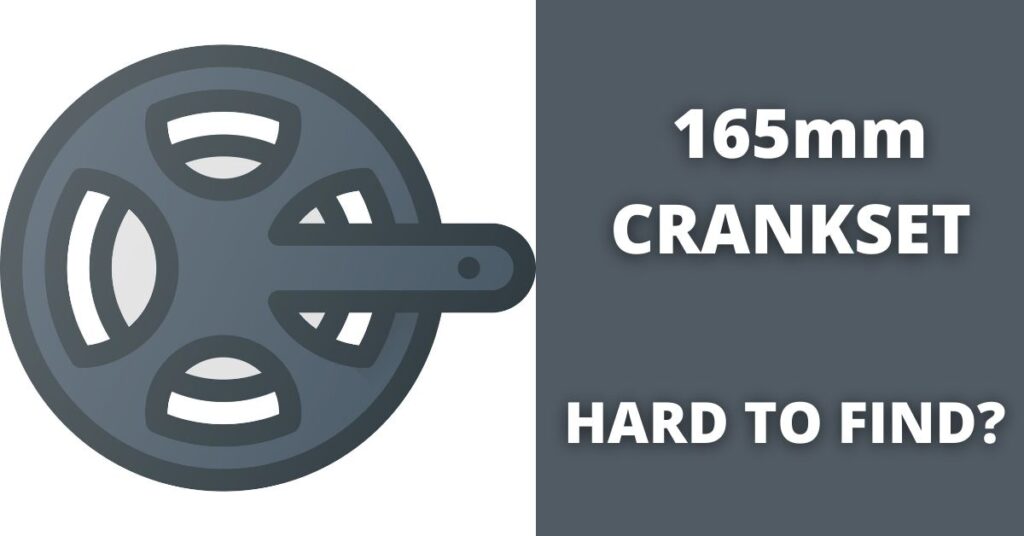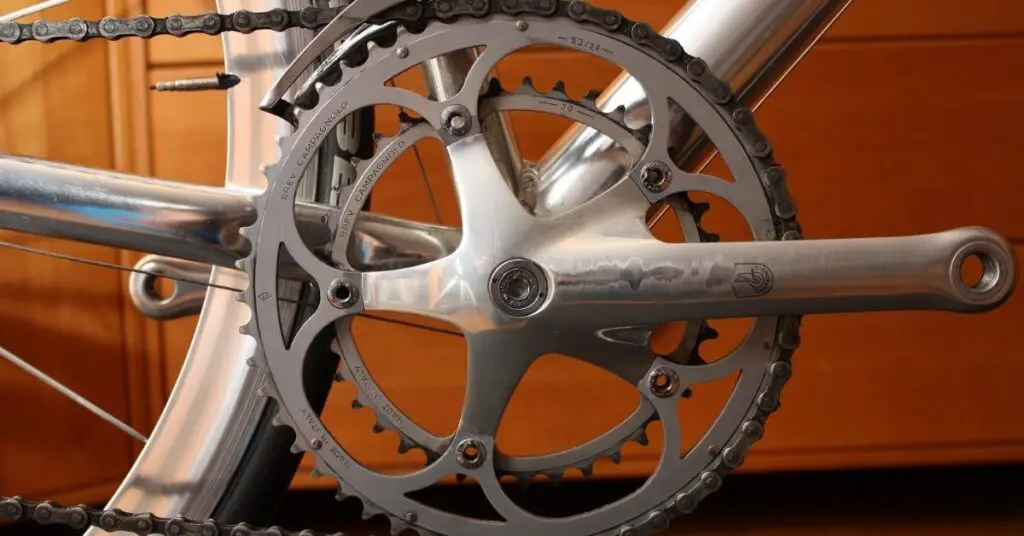Lubricating a bike is unglamorous (yet necessary) to reduce friction and keep the parts moving.
For avid bikers, lubricating a bike is a crucial bike-maintenance routine where bike care is of utmost importance. There are no compromises!
A poorly lubricated chain lets out an ear-piecing squeal and makes the ride uncomfortable. For your bike chain to shift smoothly, avoid rusting and snapping mid-ride, it must be adequately and regularly lubricated.
By the time the squealing starts, the chain might be already worn-out or grown in length. So If you enjoy riding a finely tuned machine, you should always lube the chain before its exhibits the tell-tale signs.

Should You Lube a New Bike Chain?
You should be able to enjoy several rides from a new chain before it requires you to re-lube it. New chains come with a factory lube which might be superior to your regular lube.
Does the Manufacturer Lube the Chains?
Although some aftermarket lubes are faster than the factory ones, the latter are decent enough to serve you for several rides.
The manufacturing process includes a lubrication stage where a special grease is injected into the bike chain. While the factory lube might feel tacky, it is specially designed to not attract dirt and run for several miles under extreme conditions.
The grease on the outer side of the chain conserves and protects the chain against oxidation while in storage. The coating treatment guarantees top-level shift performance, longevity, smoothness, and reliability. It is, therefore, unnecessary to lube a new bike chain.
The factory grease gives better corrosion protection, better lubrication of the chain links, and thus seamless sliding with minimum friction resistance.
The stainless-steel material used to make the chains guarantees strength and durability even under extreme weather or even when the chain is under-lubricated.
Still Want to Lube? Here’s What to Do!
If you must lube your new chain, start by removing the factory lubricant using a bike chain cleaning machine, before fully immersing it into cleaners.
It is unlikely that you will properly re-lube the chain after the cleaning process.
If you find the new chain too tacky for your liking, use your preferred lube and apply it to the chain.
Before installing the new chain, wipe off the grease from the external portion to prevent it from gathering dirt and grit.
Afterward, lube the bike only when needed. A proper lube application protects the chain from corrosions and the rollers from wearing away.
Expert bikers will recommend leaving the factory lube on for a while, then degreasing and lubricating it some more after several miles.
How to Lube a New Chain?
A perfectly lubed chain is essential for a smooth-running and quiet drive chain. Lubricating protects the chain against premature wear. Proper application of the lube gives you the best performance from the chain.
To lube your new chain…..
STEP 1: Start by soaking the chain in a high-quality degreaser to clean it. New chains come coated with grease which must be removed if you intend to ride in dusty conditions.
STEP 2: After soaking the chain for a while, use a rag to clean the remaining grease off the chain. Thoroughly dry the chain before installing it on the bike.
STEP 3: Apply a drop of the drip lube on each roller. The drop should be sufficient to cover the roll pin and the assembly. There is no need to lube the outer part of the chain.
STEP 4: After the application, run the chain through all the gears to allow the lube to penetrate the metal parts of the drive chain.
STEP 5: To conclude the lube application process, run the chain through a dry rag to remove the excess lube.
How Often Should I Lube My Bike Chain?
The frequency at which to re-lube depends on how often you ride and under which conditions, the type of lubricant, and your chain care routine between re-lubricating.
Some riders will re-lube after each ride while others will give it a few miles or months before reapplying. You must lube the chain each time you clean or scrub it with any solvent.
A chain is the heart of any bicycle. Unlike bearings, chain links do not turn but instead articulate and make a small range of motions. The chain has numerous friction points such as the plate shoulder and the pin.
Which Lube to Choose?
Avoid thicker oil-based lubes which, due to their viscous drag and stiction, result in higher levels of friction. These lubes also act as grit magnets, further increasing the friction. Thick oil-based lubes do not contain enough lubricant to be effective on your bike chain.
On the other hand, wax lubes are the best for durability and friction. However, the application process is too messy for the liking of most riders.
As such, drip lubes, which despite not performing as wax lubes, are preferred due to their ease of application. Drip lubes are the ideal choice for bikers who do not have time on their hands.
Regardless of the lube you choose, it is paramount that you keep the chain clean to get respectable life and efficiency from it. Apply the lubricant to the inner surface of the chain regularly and as needed.
Do You Have to Clean Bike Chain Before Lube?
Cleaning the bike chain is the smart thing to do before you lube it. Re-applying a lubricant on a dirty chain forces grit into the links. While the lube will increase efficiency, the rate of wear will also increase.
However, an amount of abrasive from contaminant with abrasiveness acting on the chain causing wear will always be present. Unless you flush-clean before re-applying the lube, the abrasiveness will gradually increase. The rate of wear is therefore never linear.
Some riders discourage from thoroughly cleaning the chain as this would remove the hard-to-replace factory coating from the chain rollers.
While the methods of cleaning the chain vary, the cleaning function is generally the same. The fastest method involves wrapping the chain with a clean rag then backpedaling the drive train to wipe the grit. This process is repeated until the rag stays clean.
Pro-bikers use a chain keeper, a paintbrush, and a degreaser to clean the chain before applying the lube.
Once the chain is clean, immediately apply the lube to minimize oxidation of the dry chain.
Can You Lube Your Bike Chain Too Much?
All you need is enough to lubricate essential parts – not too much or too little.
Excess lube on the drive chain will attract more dirt, dust, and grime which wear things down.
A single drop on each link is enough. Wipe off any excess lubricant on the chain. Whichever lube you choose, use just enough to penetrate the rollers.
If too much lube is applied, especially if it is not designed for the bike chain, the drive train turns into a black mess. The more lube you apply, the more the mess as the lube makes its way into every nook and cranny on the drivetrain.
Chain maintenance starts by getting the right lube and its perfect application. The more you avoid the greasy and gritty mess, the rarely the chain will need cleaning. Get a lube that attracts the least grit.
Even a clean chain attracts dirt. Too much lube will only make it worse by attracting dirt in other parts such as the cranks, derailleurs, and the frame.
Tips
1- You want a lube that is easy to apply and stays on the chain to keep it running smoothly and quietly.
2- Read the manufacturer’s instructions and apply the lube as recommended.
3- Use dry lube for dry conditions and wet for wet conditions. Wet lubes attract more dirt while dry lubes wear off when used in wet conditions.
Conclusion
As far as Lubing a new chain is concerned, you may skip it. If you are a frequent rider, using the bike several days a week, your bike will do just fine with regular cleaning and drive chain lubrication.
Chain lubrication intervals depend on the conditions you ride in. Do not wait for the tell-tail signs to lube your chain. In fact, by the time you hear the drivetrain noise, experience poor shifting, and the chain begins to squeak, the damage might already be done.
It takes about ten minutes to wash and re-lube the chain. Make sure you double-check with the lube and chain manufacturers for advice on the proper application of the lube.
Cheers!




